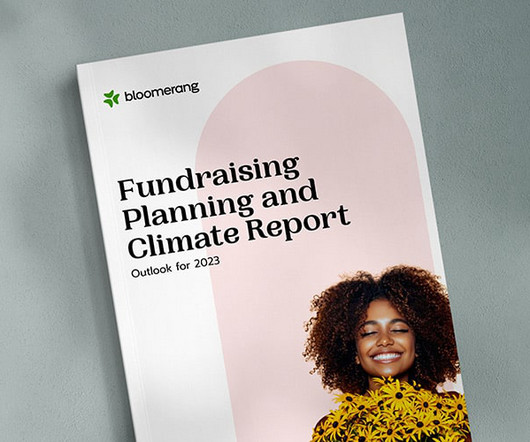Beyond the Audit: 6 Best Practices to Build and Strengthen Your Relationship with Your Audit Firm
sgEngage
APRIL 26, 2024
Audit teams would then be caught off guard, unaware of either newly implemented accounting systems, new chart of accounts, or changes in processes and management roles. These questions could be centered around a large contribution that the organization received that they were not expecting, and if the organization is properly recording it.

































Let's personalize your content